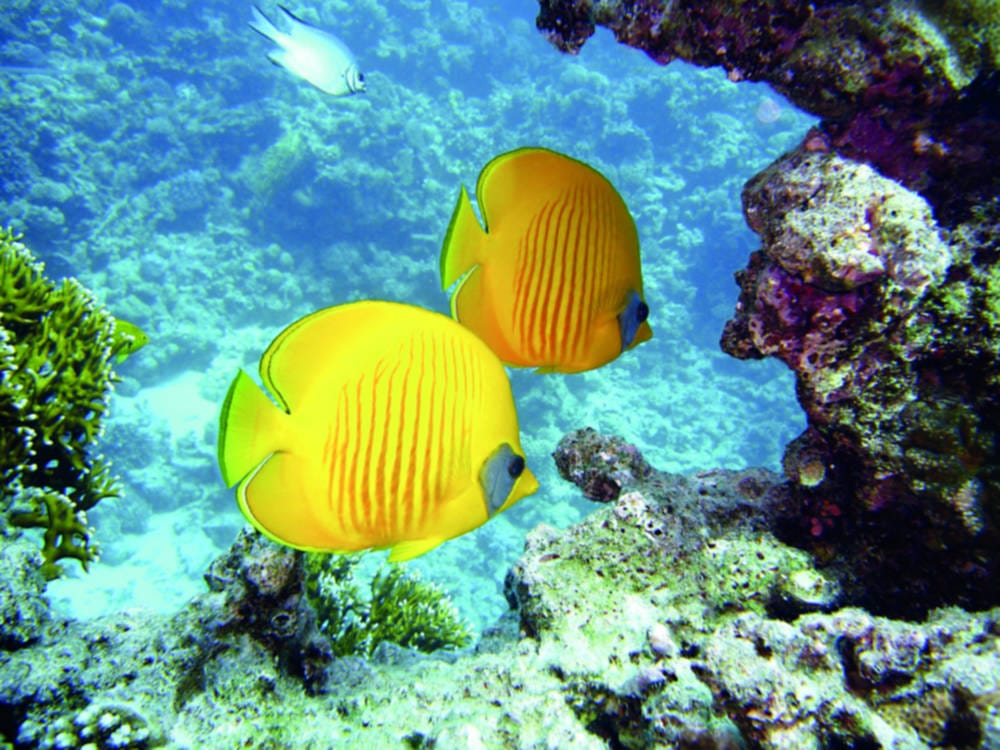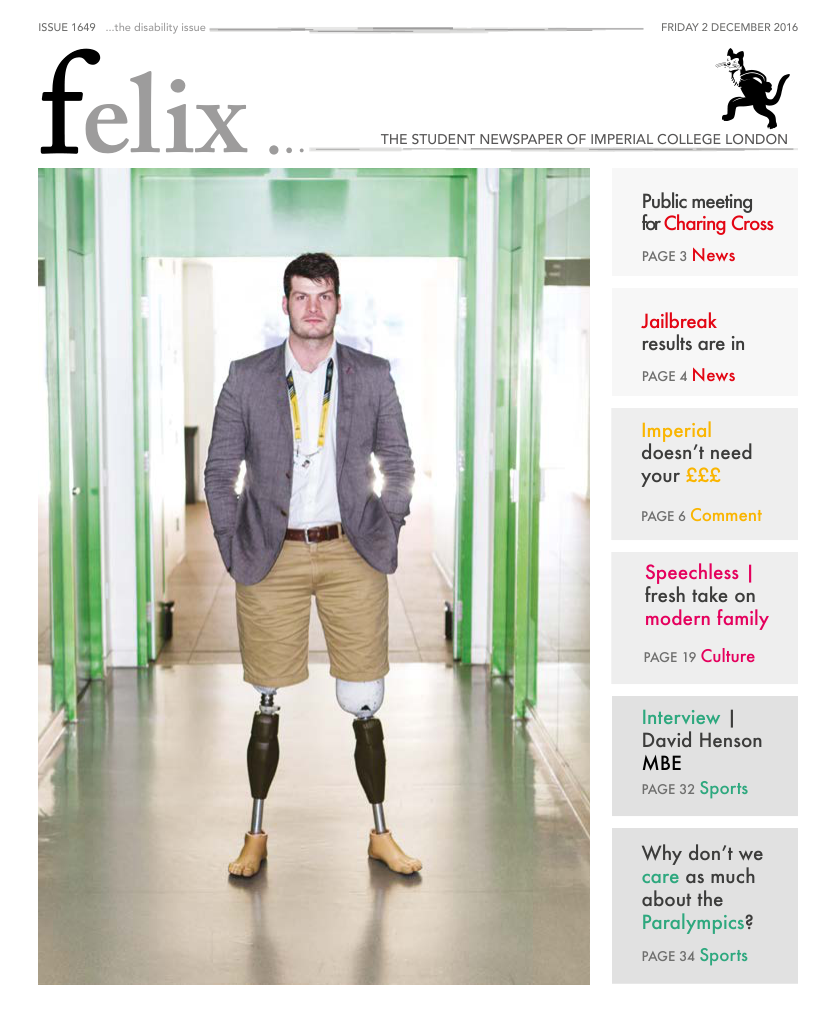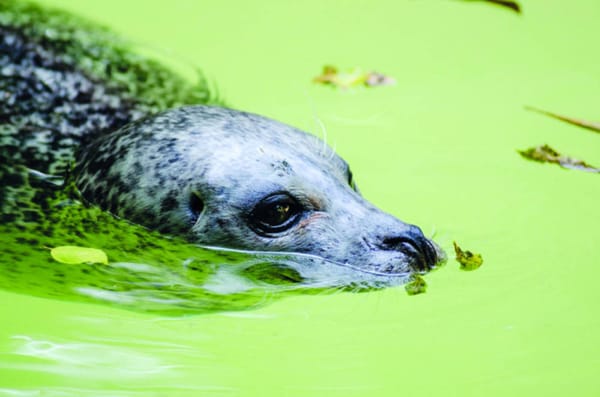Barrier bleaching isn’t so Great
Elizabeth Riach evaluates the future of Australia’s biggest attraction

Following the general vibes of this tragic excuse of a year, scientists have now confirmed that 2016 has seen the largest coral die-off ever recorded on Australia’s Great Barrier Reef. The most affected area runs along the northern part, where an average of 67% of all shallow-water coral has been lost in the past 8-9 months.
The worst part is that the north side of the reef was the most pristine and protected section of this natural marvel. The well-known marine research station, Lizard Island, is directlywhere most of the die-off has occurred. Earlier this year, I asked a friend of mine how to get involved with the research they were doing and she just replied “I wouldn’t recommend it right now, the coral is bleached to heck and everyone working there is a bit sad at the moment”. I now understand why.
Further south, scientists were very much relieved to see lower levels of death and destruction. Professor Andrew Baird led teams of divers to re-survey the reefs in October and November, and has confirmed that on average 6% of bleached corals died in the central region, and only 1% in the south this year. These corals have bounced back post-bleaching and regained their vibrant colour. This is welcome news after the majority of them bleached over summer, and there were fears many were too far gone.
The reason for this partial protection of the reef may be to do with the upwelling of cold water from the Coral Sea reducing heat stress from rising temperatures. For now, these parts are safe, but it would take at least 10-15 years before the northern area of the reef regains its coral. However, there is a risk of a fourth bleaching event this coming summer that could damage the already broken reef beyond repair. An even more terrifying prediction has also been put forward by Drew Harvell, a renowned professor in ecology biology who specialises in marine diseases. She says that after mass bleaching events, outbreaks of coral disease often follow as “the double whammy of corals being stressed and warm temperatures favour infectious micro-organisms”.
The take away message from this story, is if you’ve ever fancied visiting this natural wonder, do it sooner rather than later. With these climate predictions, it won’t be so ‘Great’ in a few years’ time.








